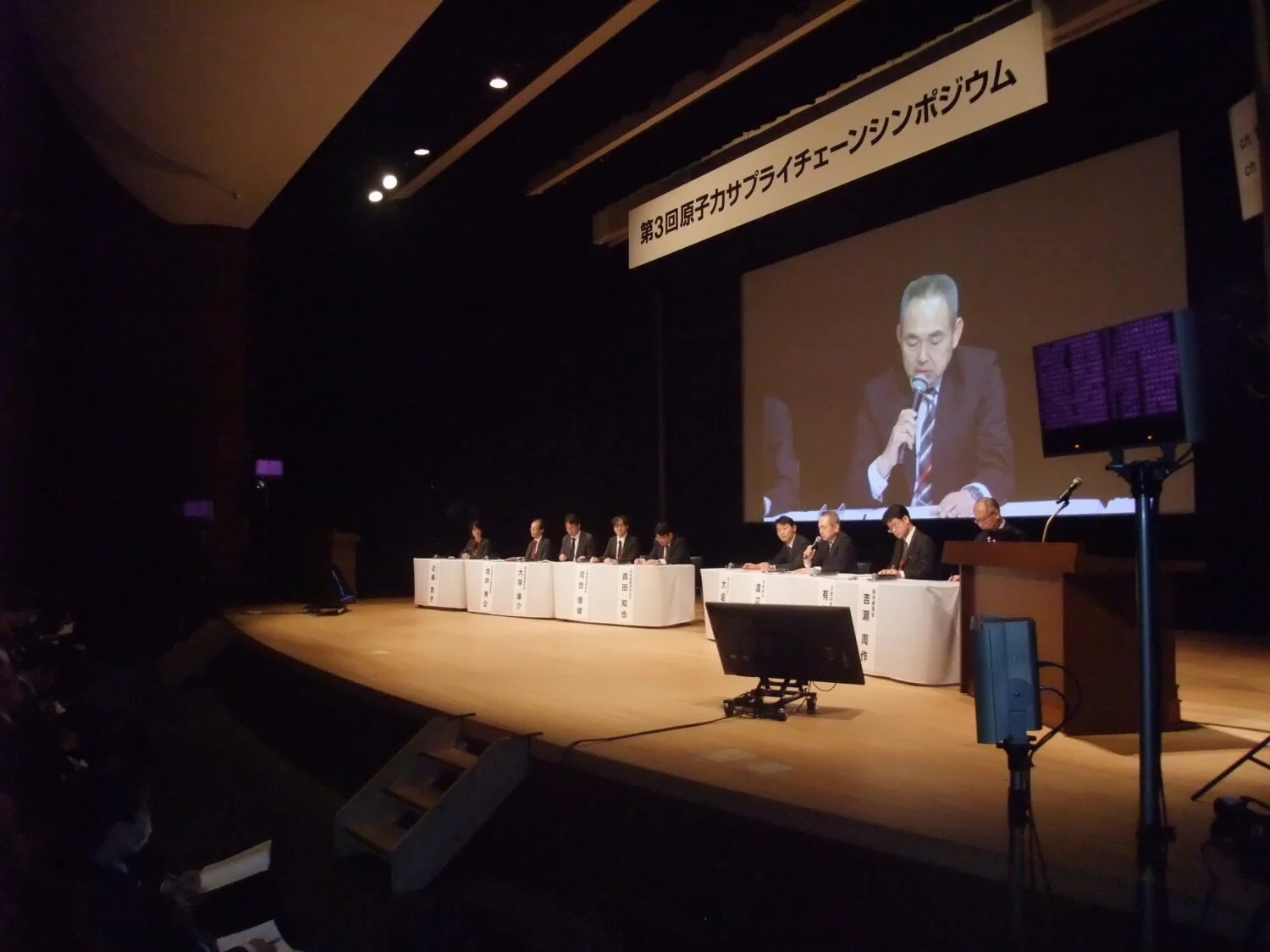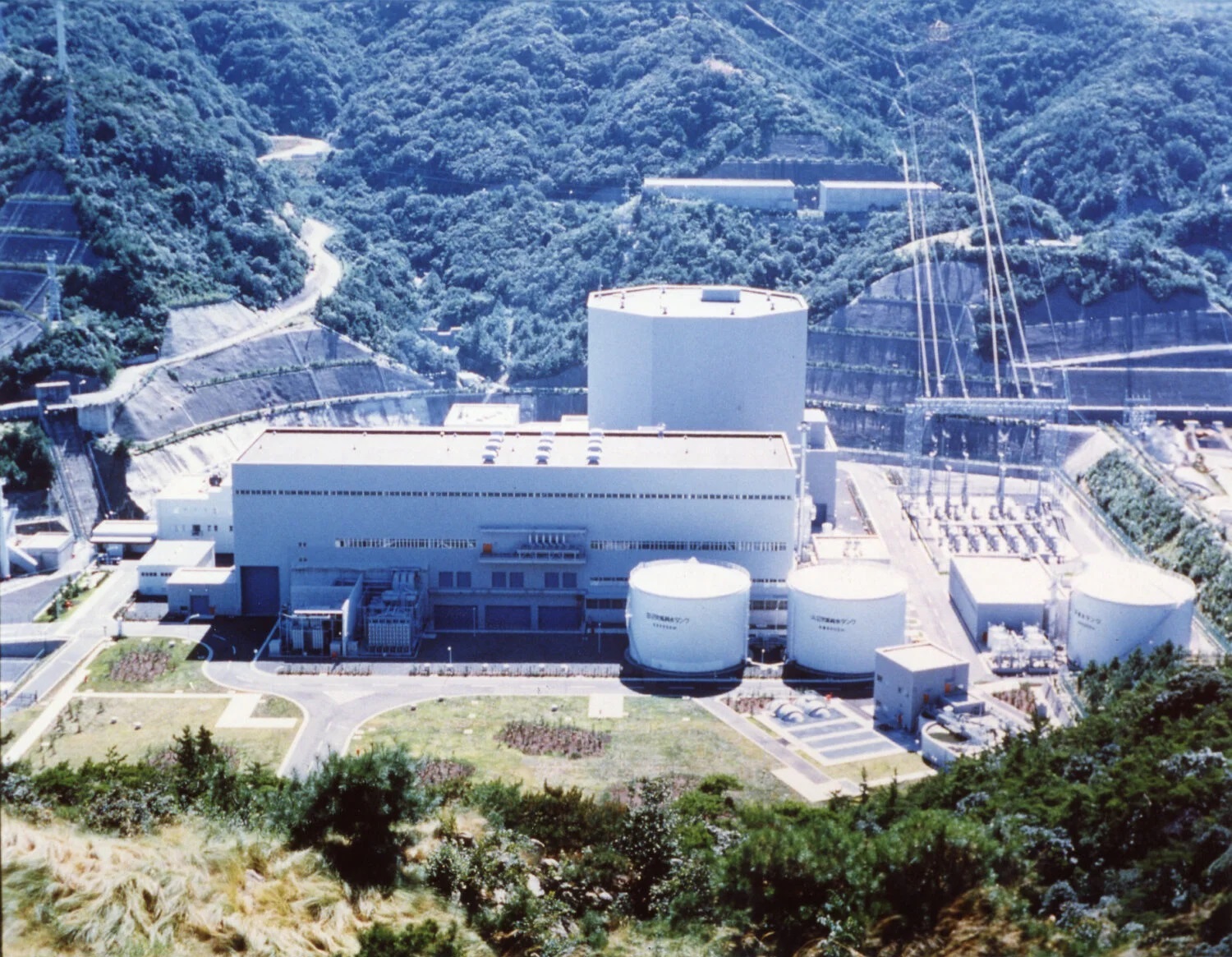At a regular meeting of the Japan Atomic Energy Commission (JAEC) on April 4,
Executive Director OIGAWA Hiroyuki of the Japan Atomic Energy Agency (JAEA), talked about the current state of ATF research in Japan, and future prospects. In the accident at Fukushima Daiichi, temperatures were driven up by the oxidation of zirconium alloy cladding tubes, and hydrogen was generated. If that process could be mitigated, it would be possible to lengthen the time available for responding to an accident.
Full-scale ATF development in Japan began in around 2015. Commercialization is expected in the period from 2030 to 2035, after demonstration of the principle and engineering demonstrations.
Candidate ATF materials that various manufacturers are engaged in developing are silicon carbide cladding tubes for BWRs and PWRs by Toshiba Energy Systems & Solutions Corporation (Toshiba ESS) and others, improved stainless steel cladding tubes for BWRs by Hitachi GE and Global Nuclear Fuel-Japan Co. (GNF-J), and chrome cladding tubes for PWRs by Mitsubishi Heavy Industries (MHI) and the Mitsubishi Nuclear Fuel Company. JAEA is engaged in the development of core manufacturing technology and the promotion of cooperation among the manufacturers.
JAEA’s Oigawa also explained the testing and evaluations involved in those ATF element technologies, and the circumstances for ATF development in the United States and France.
In answering a question from a JAEC commissioner on the difficulties in Japan’s ATF development, he expressed concern for weaknesses in technological infrastructure, saying, “It is major obstacle for Japan not to have irradiation reactors.” Indeed, in Japan’s development of advanced nuclear fuel, test data are being accumulated using experimental reactors overseas and a domestic accelerator facility.
In March and December 2022, JAEA held workshops on ATF development for all domestic stakeholders. At the time, JAEA’s engineer in charge said, “In terms of short-term economic rationality alone, ATFs can be purchased from the United States, whose development of the equipment was ahead of Japan’s. But when it comes to technological infrastructure and maintaining and ensuring human resources over the medium and long term, independent development is necessary,” thus emphasizing the significance of the matter.




-1.png)
















